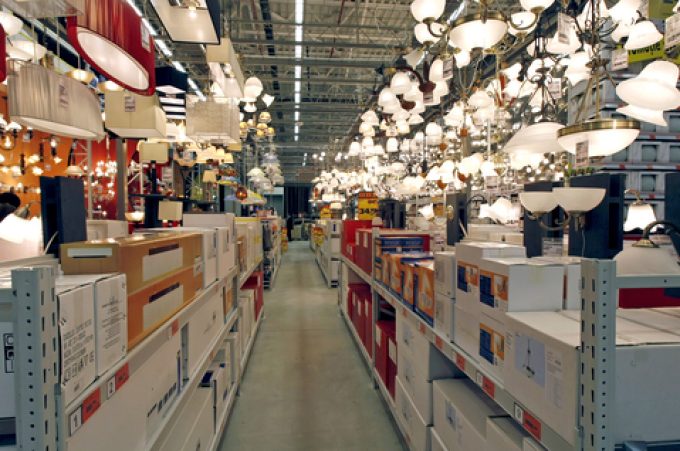Perishables shippers want more reliability on South American trades
Perishables shippers want more reliability on South America trades after Q1 figures mirror uncertainty, according ...

Less congestion on the high seas has put additional pressure on some retailers, already struggling with too much stock.
Wary of missing deadlines for their Q4 sales, they increased lead times, but now some are having to pay extra to hold back new stock as their ...

Comment on this article